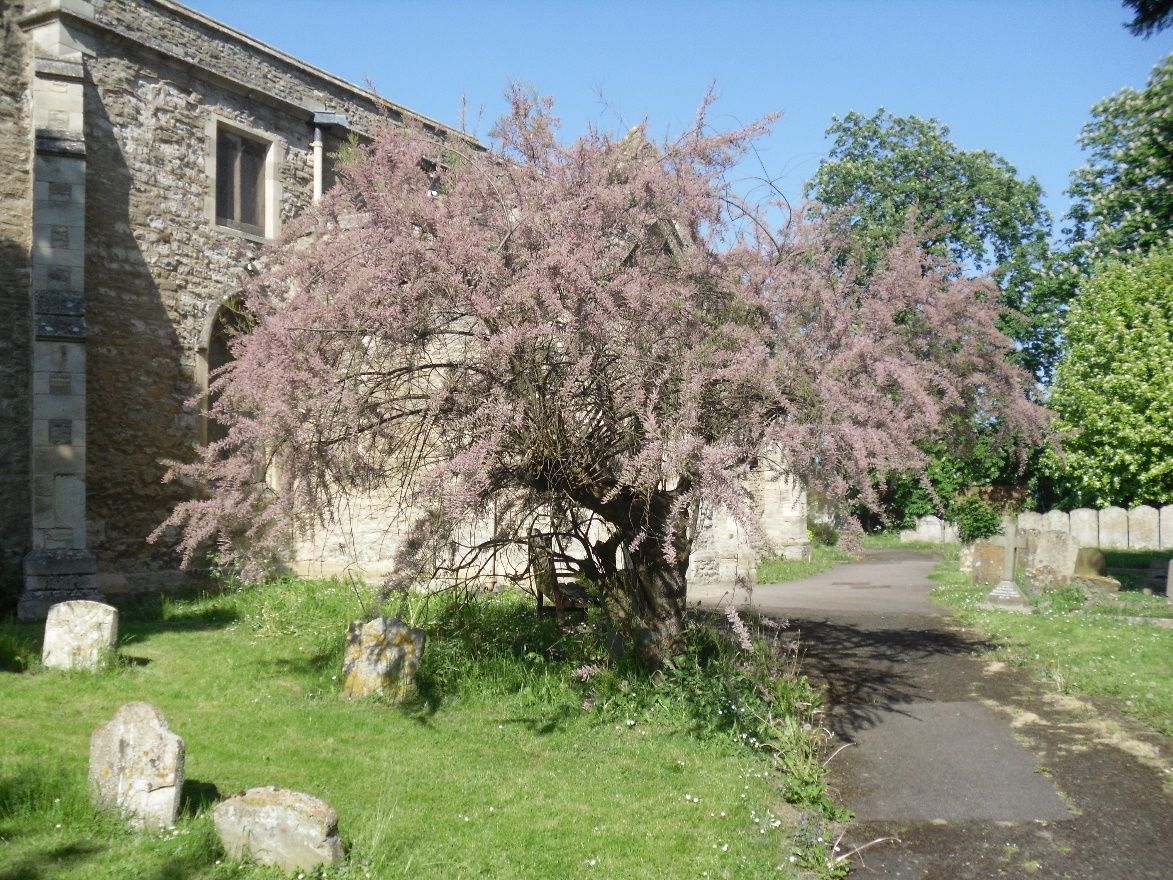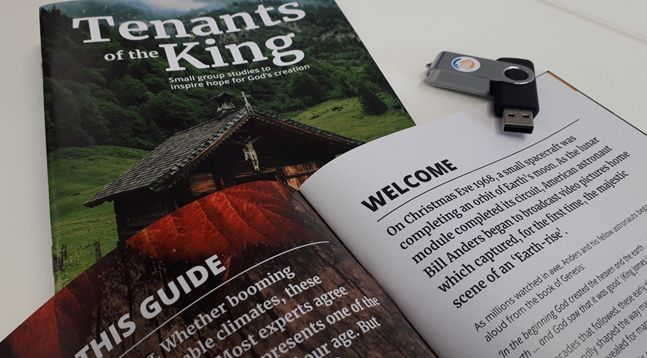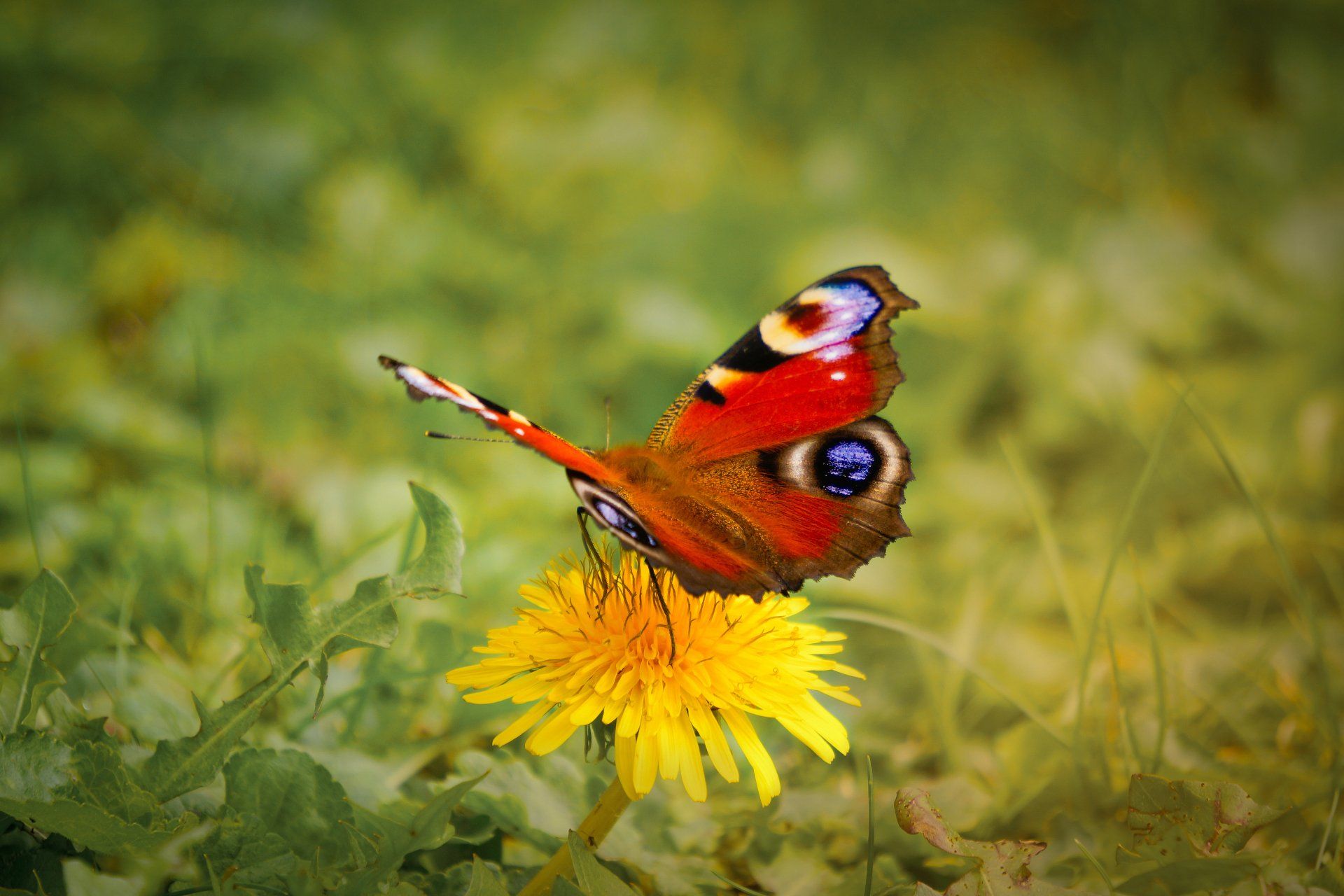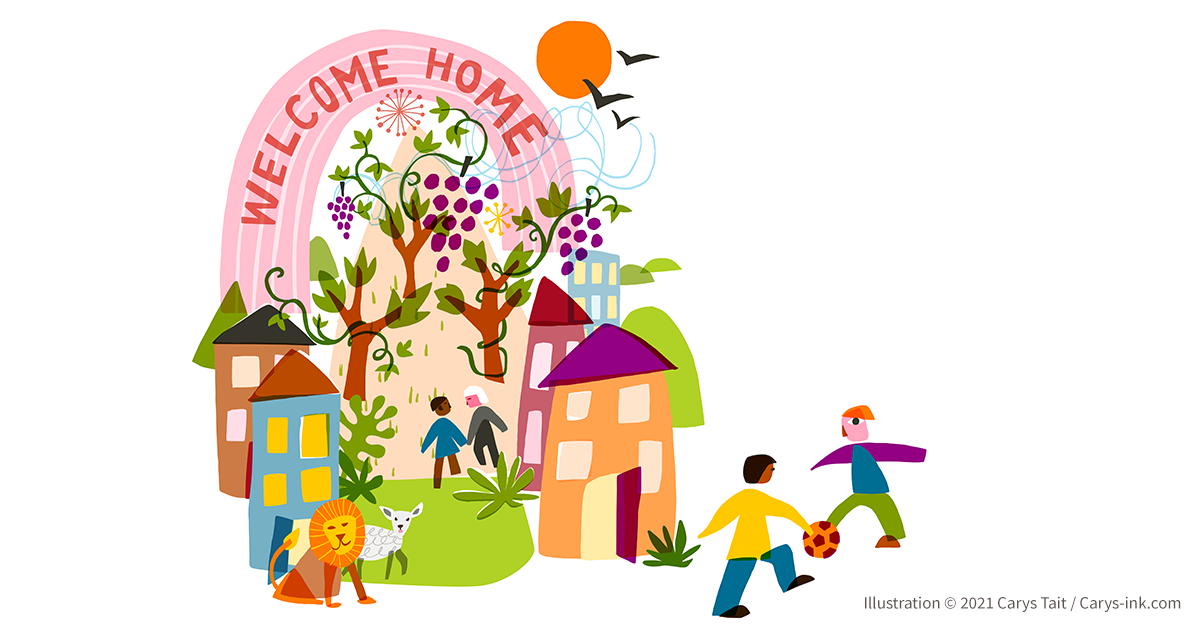Seeking swifts
Putnoe Heights Church treasurer and Eco Church team member, Andrew Dennison, writes about these enigmatic birds.
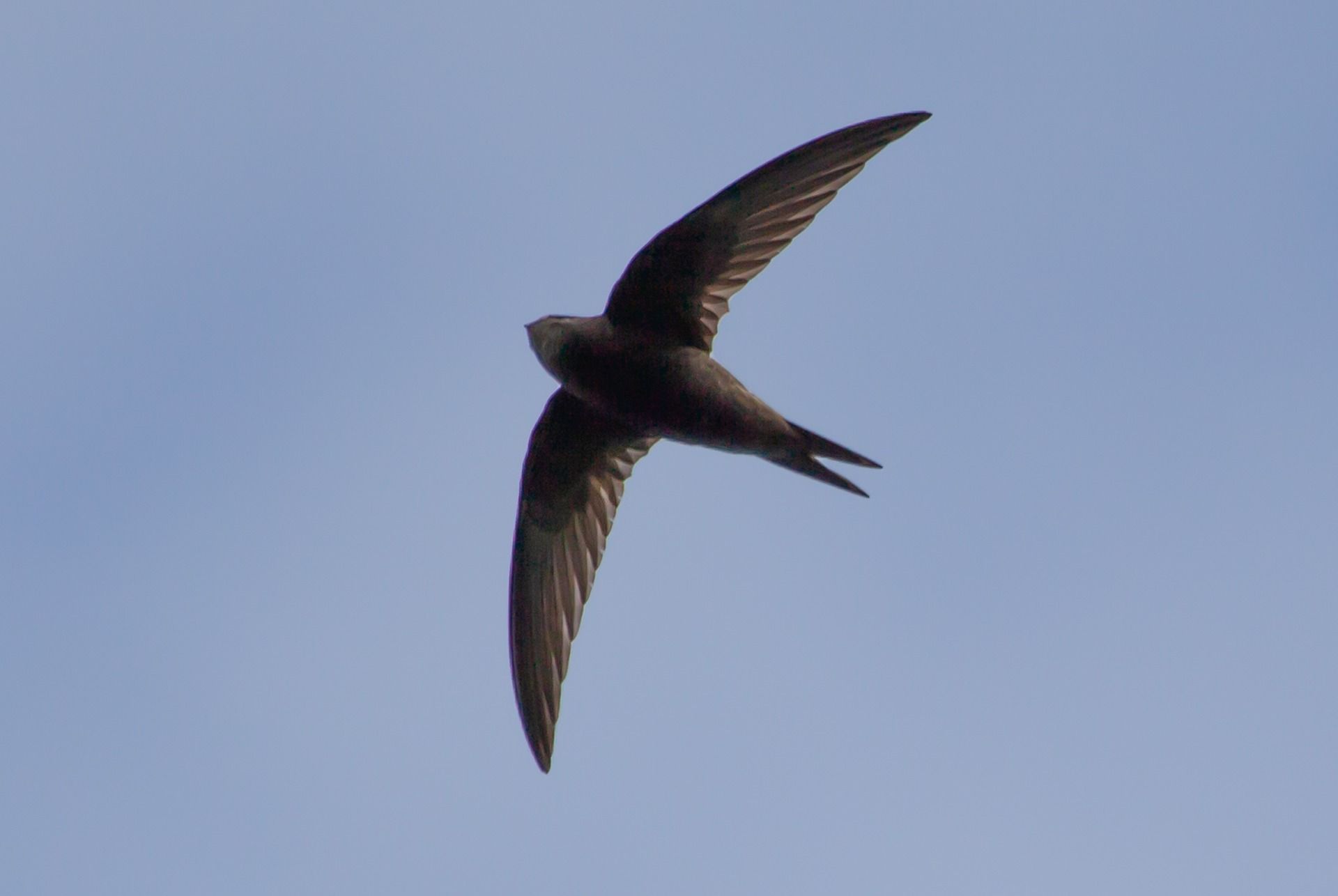
On 3 May 2023, about 7:25pm, I spotted my first swift of the year. It was a solitary bird feeding high in the sky above Church Lane in Goldington. The following Saturday morning I saw four together, and again on Sunday. The swifts were undoubtedly back.
I had been studying the skies over Putnoe and Goldington for over a week beforehand, whenever I happened to be out and about. I don't usually pay such attention to these birds. Normally I just become aware of them at some point when their piercing scream-like calls just happen to grab my attention. Then I know that summer has arrived and I think back to the birds that used to nest above the windows in an office I used to work in. The summer was filled by their calls outside as they swooped at speed above the car park.
But this year is different. This year I have been actively waiting for them. Because this year we have nest boxes on the wall of Putnoe Heights Church and I feel more connected to them than ever before. Their return to our skies arrives with an accompanying hope that some may take up residence.
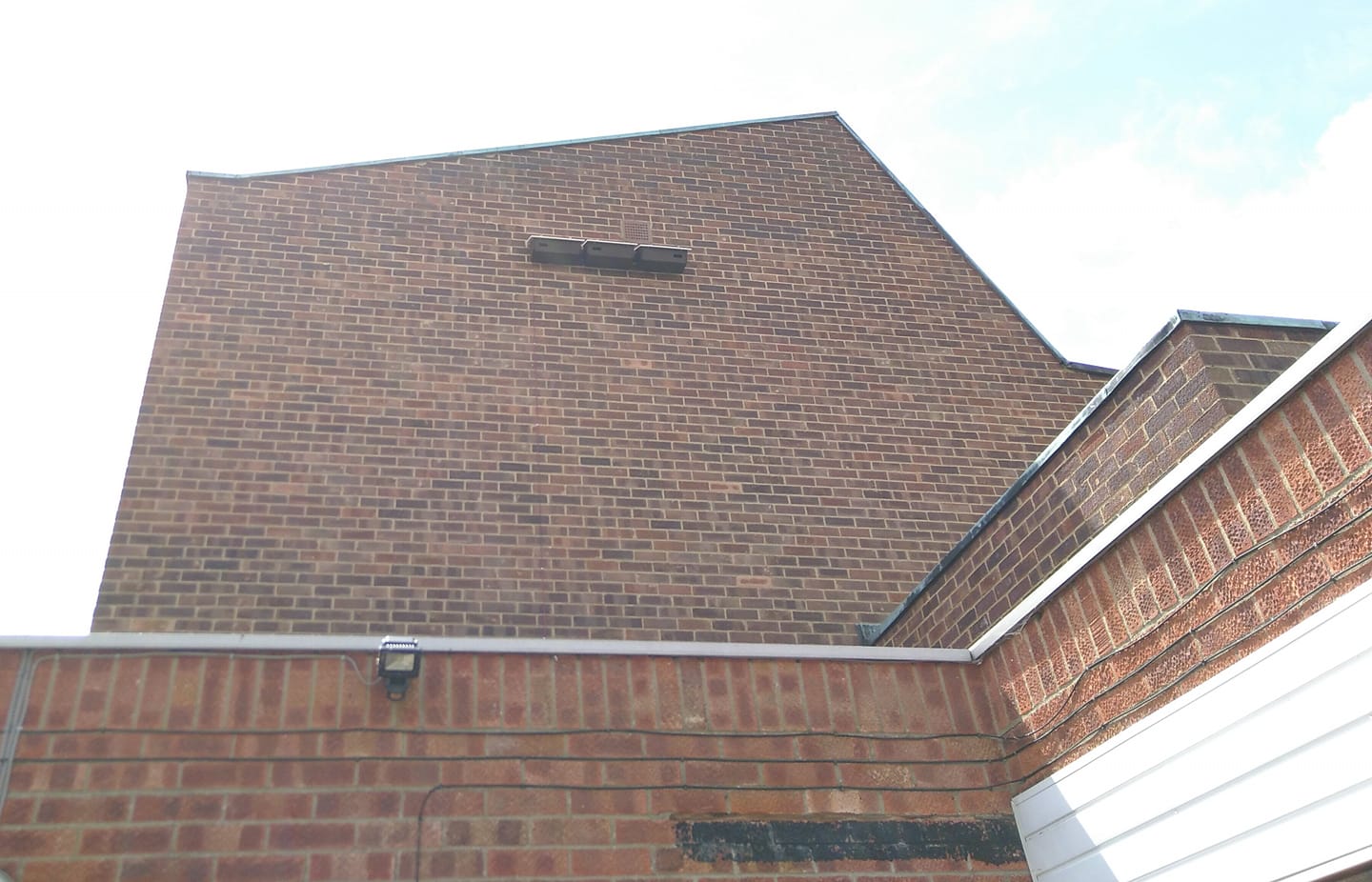
We put up these swift boxes last summer (three in total, high on a north facing wall above the church) as part of our work as an Eco Church. God made of all creation, Christ came to redeem all of creation and we, in our mission as a church, recognise our place as part of that creation - within it, not above or outside it. All nature acts as witness to God's work and care for the environment is an intrinsic part of our calling as Christians.
We are not alone with our new boxes. Last summer St Mary's Church in Goldington (a fellow member of North Bedford Churches Together) also installed a large nest box inside the bell tower with room for 8 nesting pairs. And nearby St Andrew's has multiple nest boxes in their tower with room for 34 pairs. Both St Mary's and St Andrew's are Bronze awarded Eco Churches too.
Why this interest in swifts specifically? Well, partly it's about our buildings. Swifts like to nest at height and so church towers, for instance, are particularly suitable when they would be too high to attract many other species to nest. But nest boxes for swifts work equally well beneath the eaves or ordinary houses too.
It's also about responding to need. In December 2021 the swift was added to the British Trust for Ornithology's "Red List" for species of highest conservation concern and the need for urgent action. The significance of the swift reaching this status was emphasised by it being the bird shown on the cover of the BTO's report that published the updated list.
This concern has sparked widespread reaction. A Rocha UK (the charity that runs Eco Church) has made the swift one of the ten priority conservation species named within their Target 25 of habitats, species and groups. The RSPB launched a national project called Swift Cities to raise awareness and track populations in cities. The Feather Speech ran a national conservation campaign calling for compulsory 'swift bricks' in all new housing.
The reasons for the decline of the swift are inevitably complex and varied. They are migratory and can easily travel over 14,000 in a year as they migrate from UK to southern Africa and back again. Much can happen to them along the way. For food they rely on insects which have also seen massive declines due to pesticides and farming practices, so food will be far scarcer than before. There is little we can directly do about these issues as individuals.
But there is one thing we definitely can do - and are doing. Swifts nest in cavities, usually in buildings. They are site faithful and will return to the same nest each year - but increasingly they now return to find their nest sites lost or blocked off. Modern housing includes far fewer cavities than older housing. Ironically, it may often be our environmentally conscious efforts to improve home insulation that inadvertently results in lost nesting cavities for swifts. Providing alternative nest boxes is therefore crucial to balance other lost nesting sites, and these man-made cavities can also potentially be used by other cavity nesting species on the Red List: house sparrows, starlings and house martins.
Swifts are truly amazing birds. They spend almost their entire lives in flight - eating, drinking, sleeping and mating are all done on the wing. In fact pretty much the only thing they can't do on the wing is nest. Thus, when they faithfully return to their nest cavity in early May it is likely the first time they will have landed since they left the exact same cavity the previous year. They are supremely adapted to life in the air and their graceful flight through our skies is a delight to watch.
There is no guarantee that swifts will ever use the nest boxes that have been installed - at Putnoe Heights, St Mary's or St Andrew's. Or it may take many years of waiting before they do. To try and encourage them, a recording of swift calls is played from a speaker in one of the boxes - set on a timer around dawn and dusk each day.
If we as a church can help these birds with our next boxes then that will be wonderful. You can help too. You may not be able to provide a next box on your own home (though if you could, that would be a brilliant thing to do) but you can help us to keep watch on our boxes. High above our heads it will hard to know if any boxes are used - by swifts or by sparrows, starlings or anything else - unless we happen to spot birds going in or out. So lift your eyes heavenwards when you're nearby. And if you see anything, let us know!
